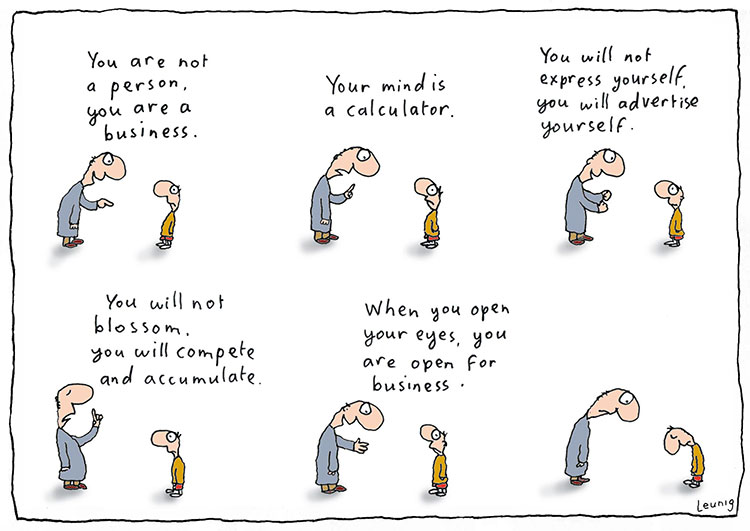 John Swinton, Dementia: Living in the Memories of God (Grand Rapids: Wm. B. Eerdmans, 2012), pp. x + 298, ISBN 978-0-8028-6716-2 (pbk).
John Swinton, Dementia: Living in the Memories of God (Grand Rapids: Wm. B. Eerdmans, 2012), pp. x + 298, ISBN 978-0-8028-6716-2 (pbk).
‘Somewhere out there right now, a man is wiping the drool from an 85-year-old woman who flinches because she thinks he’s a stranger’ (p. 287).
Dementia directly affects some 800,000 people in the UK alone, two thirds of whom are women, and 17,000 of whom are young persons, plus some 670,000 carers; and the numbers are growing. Consequently, it is a subject of increasing interest to medical research, bearing significant implications for government and other funding and care bodies; and accompanied by a growing anxiety amongst a public still largely ignorant of its medical and social realities. John Swinton’s informed, intelligent, accessible, and honest engagement with this subject seeks to speak into and to earth these realities, and to specifically remind us that dementia is as much a relational and spiritual condition as it is neurological. At core, he argues that a relationality characterised by real presence and by the promise of a God whose memories of us are constitutive for our full humanity offer a much-needed antithesis to the malignant narratives often provided by some social psychology and theology. He challenges the inference that to live meaningfully in the present requires the cognitive ability to remember, to recall our past, and to imagine. Or, as Dietrich Bonhoeffer reminds us in his prison letters, more than is understood is present.
Among the book’s many strengths is the care that its author takes to explain and introduce difficult concepts – whether medical, theological, psychological, or philosophical – that are indispensable for thinking constructively about dementia. It also offers many (perhaps too many?) lived examples of how our relationships with those who have become strangers to us can be honoured and sustained in meaningful ways. Insofar as it does this, Swinton’s study serves as a helpful introduction to this troubled subject. Its foremost strength, however, is to champion the claim that this subject might be something that Christian theology, theologians, and communities could be interested in, might learn from engaging with, and about which they might have something valuable to contribute.
Swinton’s stated intention to offer a specifically Christian ‘theological perspective on dementia’ (p. 6) is, however, finally unsatisfying. Specifically, his twin claims that ‘memory is first and foremost something that is done for us, rather than something that we achieve on our own’ (p. 198) and that our being remembered by God is ‘our only real source of identity and hope’ (p. 217) is offered with insufficient regard for the foundation and centre of Christian theology itself; namely, God’s personal entrance into our estranged humanity in Jesus Christ. Had he explored beyond mere paradigm, for example, the ways that the divine journey into memory’s tomb in Holy Saturday – that ‘non event’ and ‘time of waiting in which nothing of significance occurs, and of which there is little to be said’ about which Alan Lewis writes in his extraordinary book Between Cross and Resurrection – might transform and deepen and provide the theological grammar for our understanding of his claim about the divine memory, and had he attended more critically to the ways in which his articulation of social trinitarianism (on pp. 158–60) might actually undermine his claims about the relational ontology of human personhood, the book might have offered a more robust witness to the deep resources within the Christian tradition that speak most acutely to the subject at hand.
With these reservations aside, the book is good news for those who embark upon love’s costly journey of remembering and caring for those who, in Andrea Gillies’ words, ‘are no longer able to make memory’. It is also a welcome contribution to theological conversations about the radically-contingent nature of human personhood.
________________________________________________________
A version of this review will appear, in due course, in the International Journal of Public Theology.










